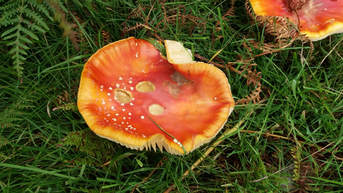 Fly agaric, Amanita muscaria 12 August
Fly agaric, Amanita muscaria 12 August Fly agaric is important in Lapland culture and is used by shamans to induce hallucinations. Its intoxicating properties affect reindeer too. Flying from Lapland, Father Christmas is dressed in the colours of fly agaric in its younger, fresher stage.
After two nights of heavy rain the River Kent ran fast and high. Nearer its source, above Kentmere Reservoir, the river glinted in sunlight. Along stony tracks running with water there were banks of mosses lush, saturated and oozing. Pale green stars of carnivorous butterwort grew on a bank of sodden ground. There were sphagnum mosses, revived after the long summer drought. Their colours vibrant, their intricate structures swelled with water, almost translucent. Tiny fungi grew amongst them.
After the wildfires of Saddleworth Moor and Winter Hill it was discovered that sphagnum gullies act as a natural fire-break. Sphagnum holds water, preventing flooding. It is almost entirely water so ensuring sphagnum gullies across moorland is a way of controlling wildfire. Sphagnum for fire and flood.
Marsh forklet is beautiful. It's a sharp green moss composed of tiny star-like structures. It is uncommon and I prize the locations where I know I can find it on a saturated bank, seeping with water. The clumps of marsh forklet were threaded with golden sphagnum. Marsh forklet, Dichodontium palustre. Those green stars are tiny and there's a much better photograph in my book Cumbrian Contrasts. A blog is of the day and on the day. When I'm writing a book I seek the best images and go on a solo photo-shoot.
Footnote: click on images to see fully. The birch and fly agaric image will magically appear the right way up! Must be the hallucinogens.
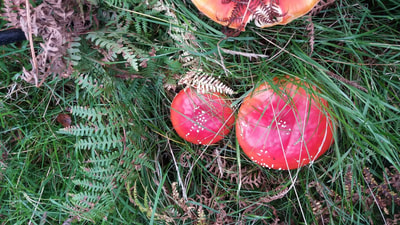
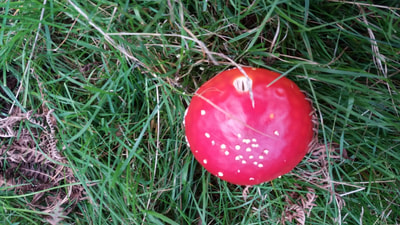
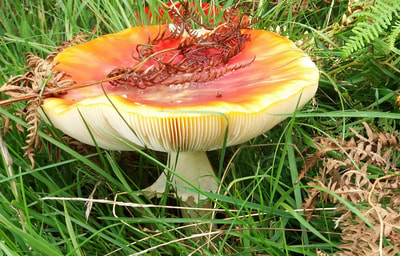
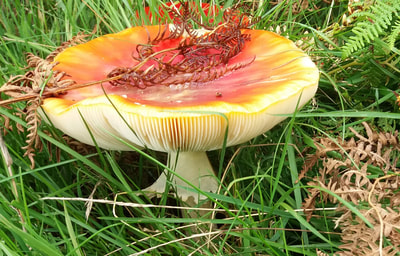
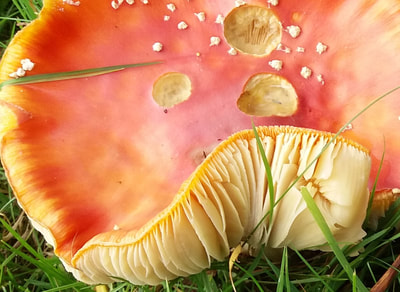
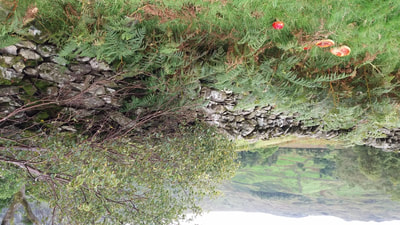
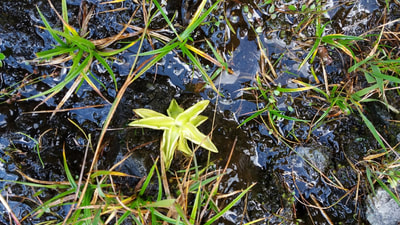
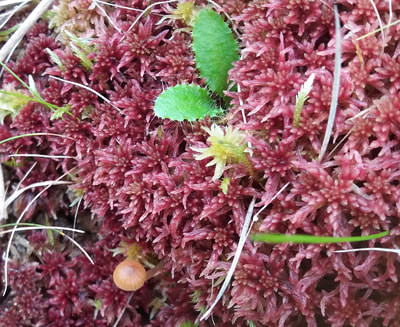
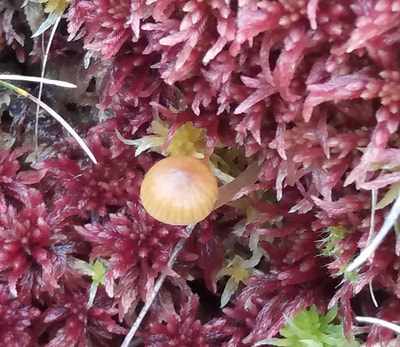
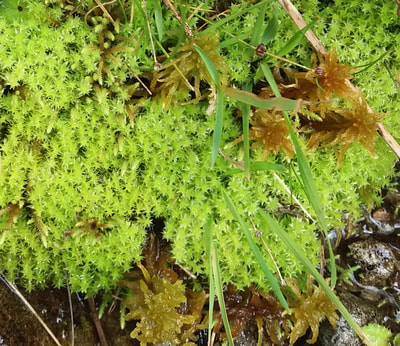
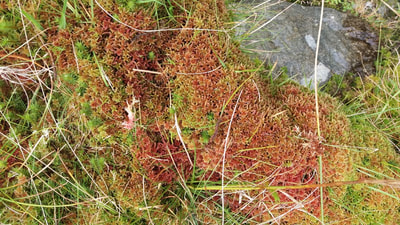
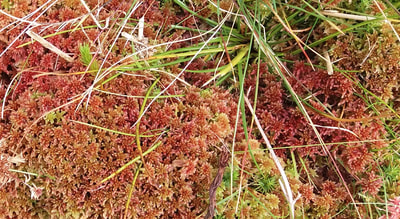
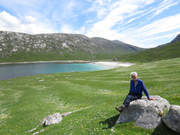
 RSS Feed
RSS Feed